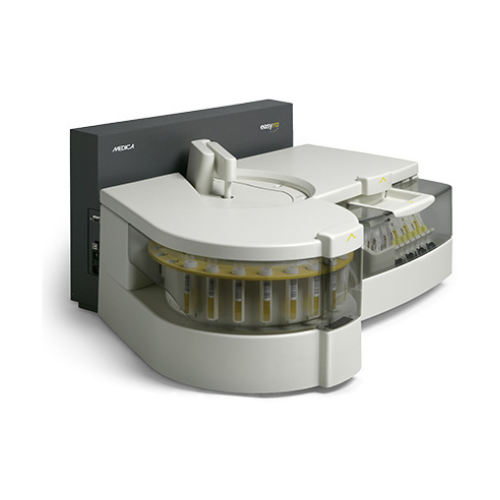For Business Use Only. Does Not Ship to Residential Addresses. For use inside an Analyzer, Sold Separately.
Beckman Coulter Access Progesterone Reagent, 100 Determinations, 2 x 50 Tests
Product Code: 33550
Manufacturer: Beckman Coulter
Shipping Weight: 10.00lbs (4.54kg)
Specifications
Brand: Access®
Manufacturer: Beckman Coulter
Country of Origin: United States
Application: Reagent, Rental
Number of Tests: 100 Tests
Test Name: Progesterone
Test Type: Reproductive Endocrinology Assay
Intended Use
The Access Progesterone assay is a paramagnetic particle, chemiluminescent immunoassay for the quantitative determination of progesterone levels in human serum using the Access Immunoassay Systems.
Summary and Explanation
Physiological occurrence
Both men and women produce low levels of progesterone, a steroid hormone in the adrenal cortex. Progesterone is important, not only as a hormone, but also as the precursor of the estrogens, androgens, and adrenocortical steroids.
In women, during the follicular phase of the menstrual cycle, serum levels remain low. After ovulation, there is a significant rise in serum levels when the corpus luteum begins to produce progesterone in increasing amounts. This causes changes in the uterus, preparing it for implantation of a fertilized egg. If implantation occurs, the trophoblast begins to secrete hCG (human chorionic gonadotropin), which maintains the corpus luteum and its secretion of progesterone. By the end of the first trimester, the placenta becomes the primary secretor, and serum levels continue to increase. If there is no implantation, the corpus luteum degenerates and circulating progesterone levels decrease rapidly, reaching follicular phase levels about 4 days before the next menstrual period.
Metabolism and transport
Steroid syntheses begin with acetate conversion pathways to cholesterol. Pregnenolone is the immediate precursor and 17-α hydroxyprogesterone one of the first metabolites of progesterone.
The predominant metabolite in the liver is pregnanediol, generally as a water soluble sulfate or glucuronide, which can then be secreted by the kidneys. Progesterone is transported mainly through binding to albumin, and to a lesser extent corticosteroid binding globulin (CBG) or sex hormone binding globulin (SHBG).
Clinical applications
In general, increasing progesterone levels are indicative of viable pregnancies. Ultrasonography is required to confirm viability at low progesterone levels. Serum concentrations are relatively constant at 8-10 weeks gestation, unless the pregnancy is failing, which can be signaled by decreasing progesterone values. After 10-12 weeks, levels increase more rapidly, but serum progesterone determinations are not considered useful for diagnoses in late pregnancy.
Ovulation, and the presence of a functioning corpus luteum, can be demonstrated with serial determinations of serum progesterone. Luteal phase dysfunction may be diagnosed when ovulation has occurred and there is inadequate luteinization and reduced progesterone secretion.











